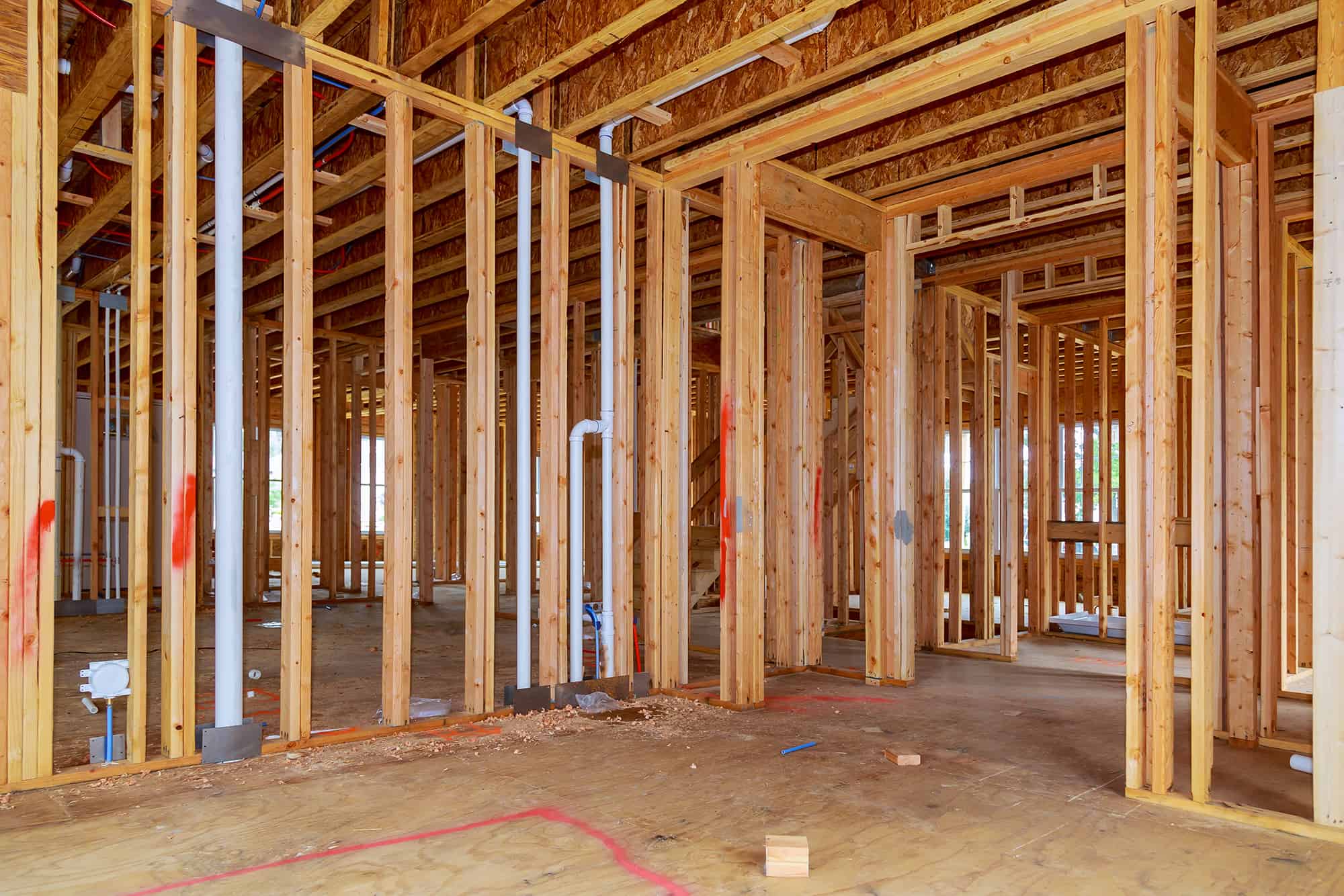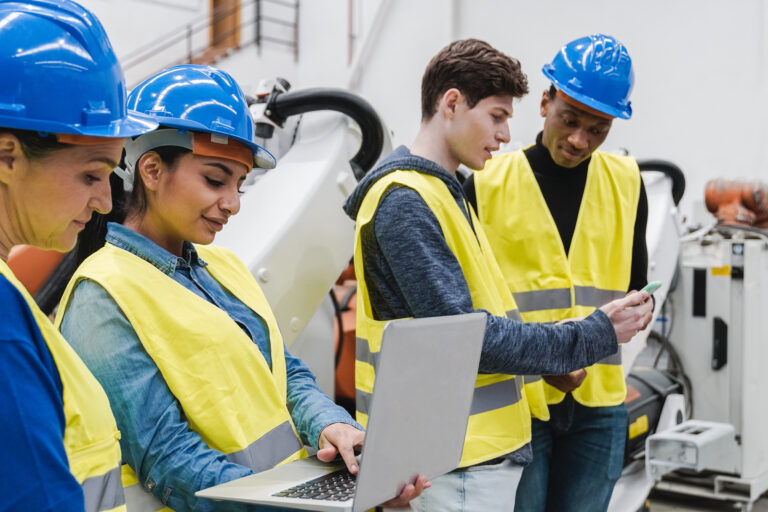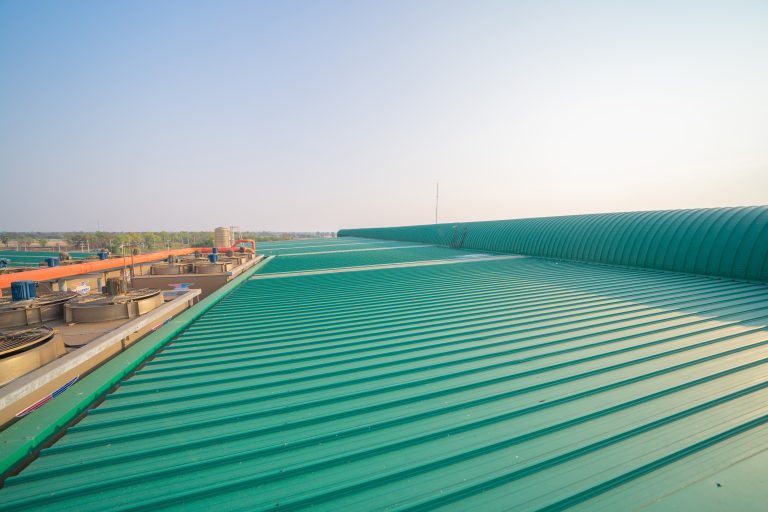Sustainable practices have increasingly become established as an environmental and ethical requirement. According to the World Green Building Trends 2018 report, green building is officially a global trend, with the shift to sustainable building practices being driven by both consumer demand and environmental regulations. Additionally, with the surge of green building comes the development of innovative and new materials as a marketplace opportunity.
What exactly are sustainable building materials? Sustainable refers to being “able to continue over a period of time,” which means these are materials which are long-lasting and have a low environmental impact – they are durable, reusable or recyclable, and are made from local resources. These materials should also be natural and not affected by changes in weather. Sustainable materials and products must be able to incorporate different technologies which, in the long run, result in a lower environmental cost than the natural materials themselves.
One of the most well-known sustainable building materials is timber, which is considered an infinitely renewable resource. The elemental properties of the material are obtained from the tree through a natural process where the tree absorbs carbon from carbon dioxide (CO2) in the atmosphere as it grows, storing it for a certain period of time before releasing it back into the cycle. In comparison to steel and concrete materials, which are finite and high in carbon dioxide emissions, timber is a more sustainable and readily accessible building material. It also has a high strength to weight ratio, meaning that it performs well in seismic activity, and is fire resistant – the char on the outside of mass timber forms an insulating layer that protects the interior wood from damage.
So, why is it important to use sustainable building materials? In the context of the construction industry, you may not think that traditional building practices would be a major polluting factor to the planet. However, construction requires a vast amount of physical resources. Materials like wood, minerals, water, and energy are a few examples of natural resources that are greatly consumed by construction. Additionally, buildings often have an ongoing impact on the environment, as they continue to cause pollution due to their emissions.
Considering that infrastructure is meant to last for years to come, new construction is a significant investment, and thinking long-term is key. Without implementing and regulating sustainable building practices, many of Earth’s natural resources will be depleted. Sustainable building directly reduces the impact on the planet while protecting the environment, improving human health and wellbeing, and conserving valuable resources like water and energy – ultimately helping to ensure a strong, stable future for the construction industry.
Looking for a team to take the lead on your next project? At Pulse Construction, we’re committed to doing business with an honest, professional, and competitive approach – without compromising safety or schedules. Contact us today for all of your building needs.



